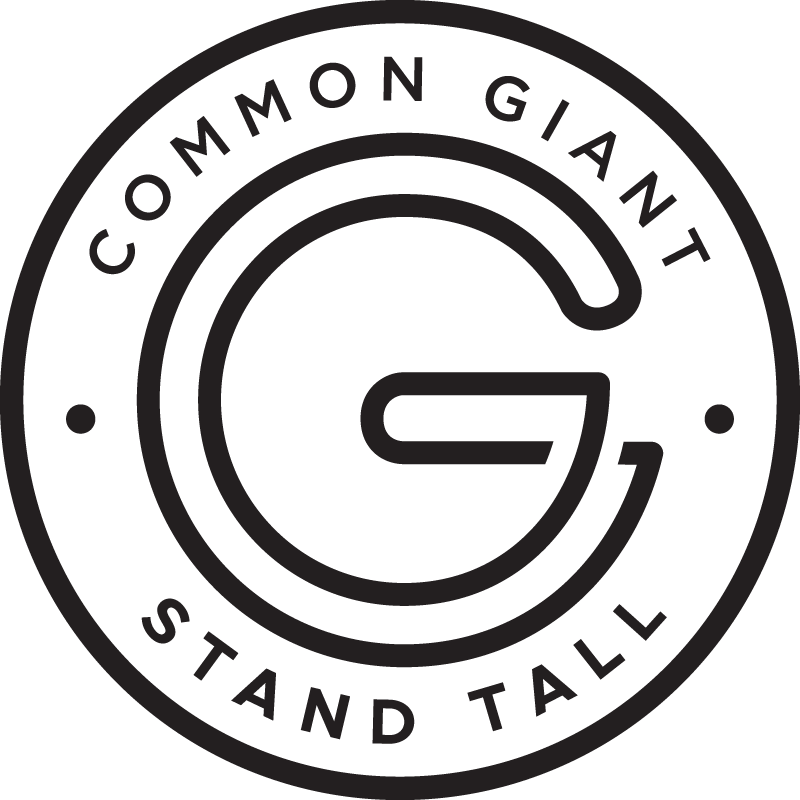Blog
Long-Form Content Tips and Tricks
Long-form content. These three words can strike fear into the heart of a writer. For them, long-from content requires dedication and persistence to create something readable. For readers, it needs to be educational, interesting and entertaining to make it all the way through. And with long-form content starting around 1,200 words, there better be a payoff at the end. For example, scholarly documents and texts are full of rich details and content, but can easily be ignored or not absorbed if the audience isn’t kept in mind.
For this post, we’d like to share how to make your long-form content appealing. Laura Morris, Senior Art Director at Common Giant, has experience in long-form content in both traditional and digital mediums. From her work on famous publications such as Business 2.0 to her styling’s of TED Books, she’s seen the best and worst of long-form. Here are her insights into the tricky world of long-form content:
- Storytelling: Long-form tells a story; it needs to keep readers interested so they pick up your next book or magazine. The same applies for readers to revisit a website. Create memorable stories for repeat purchases/visits.
- Composition and Layout: Long-from content is divided into digestible parts (chapters, parts, sections, etc.). They provide visual cues for when one section ends and another begins. Magazines have the same flow (or formula): Cover, front of book (departments), feature well (more design, big impact), and back of book (departments). For web, entry points for the eye are sidebars, info boxes, etc.
- Visual Flow: Tell the story in the right order! Use design elements to lead the eye in the right direction; this creates a visual hierarchy. Help direct readers to see what you want them to see and when. This assists the verbal flow, described in the next point.
- Verbal Flow: Make the text easy to read by using a natural flow (left to right/top to bottom) while choosing typography that is easy to read. For those who are solely writing, stick to common fonts for consistency. Try to stay away from complex words and dialogue. Take the advice of Spanish playwright and novelist Enrique Jardiel Poncela: “When something can be read without effort, great effort has gone into its writing.”
- White Space: Use white space to give the reader room to breath and enjoy the story. Walls of text won’t work!
The key take away from this is some of the processes and/or structure of printed long-form content design can and should be incorporated into digital mediums. Give the reader a captivating story and mix in graphics and design elements to assist in your narrative. Finally, provide some whitespace so the reader can come up for air while reading. If you can hit these markers, your long-from content will deliver a punch that will resonate with readers and have them coming back for more.

